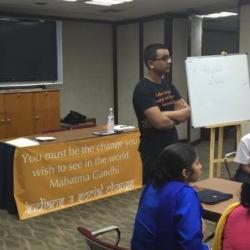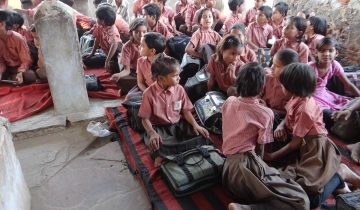Freedom from Darkness: A Village in Bihar Powers Itself With Solar Energy

Introduction
Dharnai is a small village in Bihar (one of India’s poorest states) and has been unable to get government provided electricity for over 30 years. Greenpeace India has recently solved their problem to help power the village using solar energy!
The Problem
According to the organization, small shops in Bihar were already using solar lamps for power, but they were unreliable and of poor design. It was also very hard to get the village connected to an actual central grid for logistical reasons. It is hard for the village to progress without energy access as schools, hospitals, shops, all need electricity to function well. It is also a safety issue to not have street lights during the night when traveling around town. The inability to study at night prevents women and girls from finishing their education as they are expected to finish all the house chores before studying.
The current model for electricity is using Kerosene, which, besides being rationed in small amounts, also poses health dangers to the villagers.
The Solution
The system ran for a couple of test months, and then was made live this past July for the village’s use. The system powers 450 homes, 50 businesses, two schools, a training center and a health care facility.
The key reason that this project is successful is because of its decentralized approach. It is very important to take into account the benefits provided by a Decentralized Renewable Energy System (DRES) when trying to come up with further solutions for other villages. DRES is a model of using microgrids to customize the energy system to the power needs of the different populations. The “renewable” part has obvious benefits, especially in a country with such severe pollution problems, but the decentralized part has arguably greater merit. The benefits include:
- Low cost of starting up due to smaller project scale
- Less distribution/access issues when energy is produced locally
- Community-owned approach allows local control without reliance on government or big companies
- No ongoing costs beyond upkeep to have electricity versus paying for the electricity with a centralized grid
Conclusion
This is a huge precedent for other villages for two key reasons. The first being that the project allowed them to gain power without having to incur huge debts or costs, since the project is owned by the local people. The second is that it used renewable energy rather than fossil fuels to expand access to electricity. This model will be a great example for future projects, and while this was a great achievement, it is important to continue to work on expanding these projects to the other thousands of villages around the world that lack basic access to electricity.
Check out their website for more information and great interactive features!
[Image Attribute: Vivek M.]




